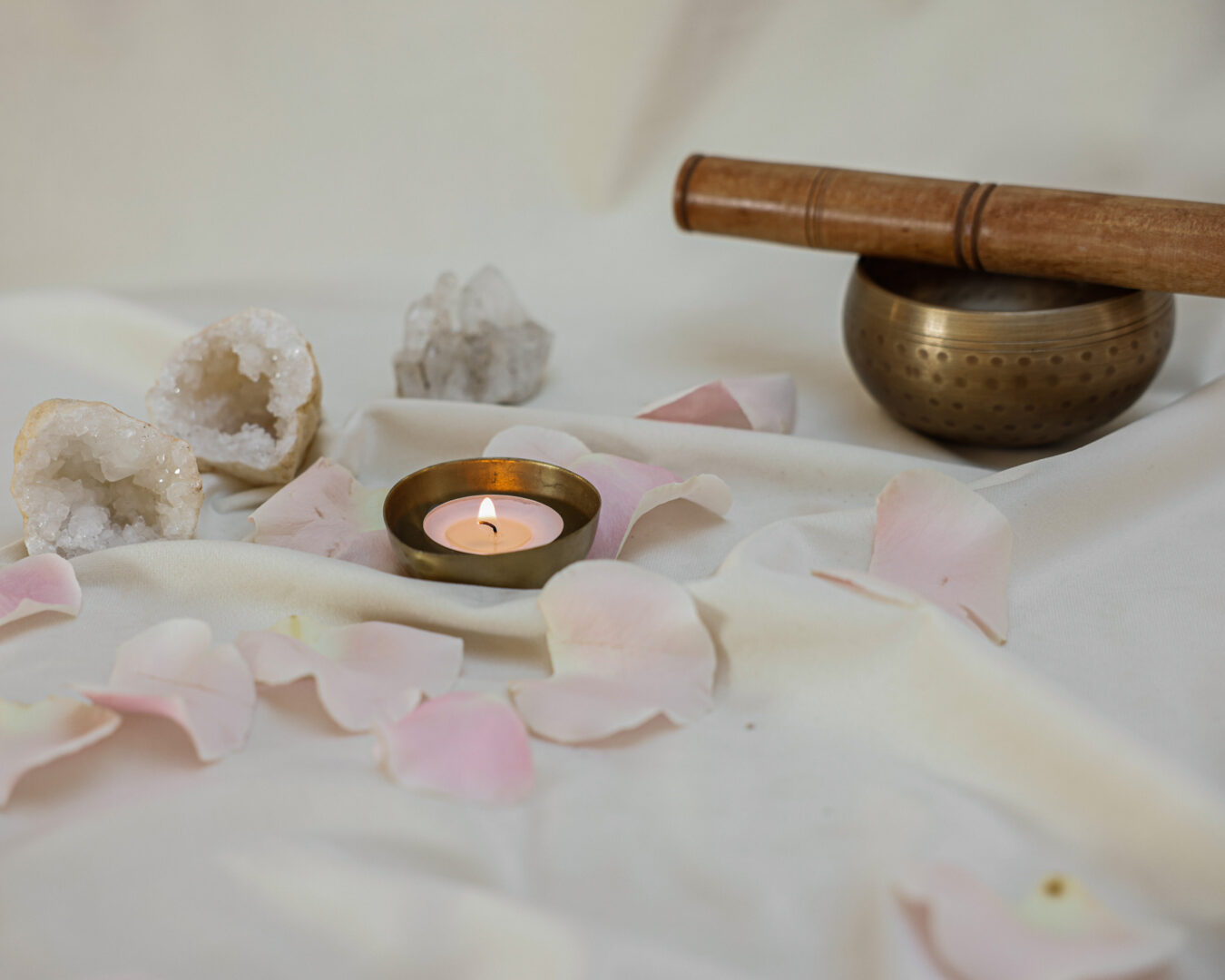For a deeper sense of self, meaningful relationships and a psychologically healthy and soulful spirituality.
-
Visit Our Place
91-6 Čaka Street, Riga
-
Tr. - Ce. 9:00 - 18:00
- Request a visit
Spirituality and religiosity take many forms: attending church, practicing religious rituals, praying before sleep, meditating in the morning, sending thoughts to the Cosmos, developing a personal connection and relationship with a higher power in the imagination, participating in shamanistic rituals, listening to angels or spirit guides, being interested in mysticism, esoteric practices... these are just some of them.
Many forms of spirituality and religiosity support and promote mental health, while others are detrimental to it in the long term or even suggest a possible mental illness. Whatever the long-term outcome, however, it is known that spirituality and religiosity, in whatever form they are expressed, have an important psychological function: they provide comfort.
Spirituality and religiosity as a tool for coping with everyday anxiety
One of the psychological functions of spirituality and religiosity is to protect a person from the anxieties of everyday life.
Moments when we turn to a higher power for reassurance are, for example, those when we say to ourselves phrases like "God will take care of everything", "everything is in God's hands", "I am talking to God above to make things happen the way I want", "everything happens the way it is supposed to happen", "as fate will have it", etc.
Similarly, many daily rituals and practices that involve invoking the divine are performed with a self-soothing function. For example, praying for loved ones at night before going to bed; talking to the Supreme before an important life event; asking for blessings for certain processes, union closures, etc.
Managing anxiety through spirituality and religiosity is based on the belief that a bigger, higher, more powerful force or being is making sure that everything ends up in our favour in the end. Or that there is a bigger, higher, more powerful force or being that is silently protecting us from undesirable events and their consequences.
Interestingly, although there are conflicting views in psychology about spirituality and religiosityThe idea that spirituality and religiosity help to reduce anxiety seems to be shared by all opposing sides. In particular, the psychodynamic approach argues that spirituality and religiosity perform an anxiety-protective function for adults in a similar way to that of parents for their children.
Turning to a divine dimension gives a sense of comfort, protection, answers and hope at times when one is worried that what one wants might not happen, or what one does not want might happen.
The idea of a higher power gives people confidence, a sense of security and hope. Moreover, it is known to be particularly important for people who experience self-doubt, for their inner and outer resources.
Spirituality and religiosity as a tool to overcome the fear of death
Among all the sources of worry and anxiety, there is one that is common to almost everyone - the fear of death. The knowledge that everyone is mortal is present in every person's life, throughout conscious life. Spirituality and religiosity also help people to manage this fear to a large extent.
The fear of death is managed by accepting the worldviews offered by culture, which provide insights into the origin of the universe, the world and the order that exists within it. This framework usually includes a set of beliefs and measures to live by in order to live a successful life "in the mind" of a higher power.
The idea of conforming to these universal standards is comforting. It makes life worth living, and gives the promise that life will continue in some form after death. This makes the knowledge that death is approaching less emotionally threatening.
The theme of death is richly present in every spiritual and religious tradition. However, most studies show that religious people are less fearful of death.
What happens to people in periods of their lives when there is no great anxiety?
The opposite of a state of anxiety is a sense of calm. How do spirituality and religiosity fit into this situation? Many authors point out that when a person's anxiety is managed, the person tends to explore the world more, which in turn leads to a desire to grow and develop (self-growth).
An important nuance is that the absence of anxiety is not the same as the absence of problems in a person's life, or the absence of anxious moments. Everyone faces major and minor difficulties at every stage of life. However, there are periods in a person's life when life is calmer in the sense that moments of anxiety are more manageable - problems are dealt with constructively, the person feels emotionally stable internally and generally copes with everyday challenges without much emotional strain.
It is at this time of life that a person may begin to feel a natural desire for growth, for development - for a new expansion and perhaps even a challenge.
In this context, especially humanistic approaches point out that people turn to religion not only to manage their anxieties and fears, but also to satisfy their desire to discover the world, experience joy and expand their view of themselves. Spirituality and religion can form the basis for freedom of self-expression and self-reliance.
A number of authors (William James (William James), Evans Becker (Even Becker) Paul Tillich (Paul Tillich), etc.) speak of how being in such a growth-oriented inner state can help one to outgrow traditional views of God.
This transformation comes through a spiritual connection with the divine, with the sacred - through a deeply personal experience of the relationship with the Supreme, through an experience in which a sense of intimacy with God is essential.
The theologian Paul Tillich, for example, has said that spirituality and religion open up the depths of human life that are usually covered by the dust of everyday life and the noise of secular work. It gives man an experience of the Sacred that is awe-inspiring, with an understanding of the meaning of all-inclusiveness, and in tune with the source of supreme courage. (Tillich, 1959/1964, 9).
One instrument, multiple applications
"Spirituality calms the anxious and disturbs the calm," said spiritual teacher Juris Rubenis in a seminar I once attended. It seems that modern psychological research is beginning to confirm this thesis. When we are troubled, spirituality and religiosity give us comfort. In moments of peace, on the other hand, we say that we feel an urge for deeper cognition, to explore the world and grow to new levels of understanding.
Sources:
Soenke, M., Landau, M. J., & Greenberg, J. (2013). Sacred armour: Religion's role as a buffer against the anxieties of life and the fear of death. In K. I. Pargament, J. J. Exline, & J. W. Context, theory, and research (pp. 105-122). American Psychological Association.
Tillich, P. (1959/1964). Theology of culture (R. Kimball, Ed.). New York, NY: Oxford University Press.
Tags :
Spirituality
Search
Topics
Recent publications
- Why workplace spirituality is the key to organisational flourishing

- How to find the meaning of life?

- Common misconceptions about what contributes to a sense of meaning in life

- Why is a clear identity and sense of self a prerequisite for a psychologically healthy spirituality?

- What does it mean to become an adult? - The five levels of consciousness described by Robert Kegan

The content of this website may only be quoted, reproduced, republished and otherwise distributed in accordance with applicable copyright laws. For commercial use of the content, please contact and obtain permission.







